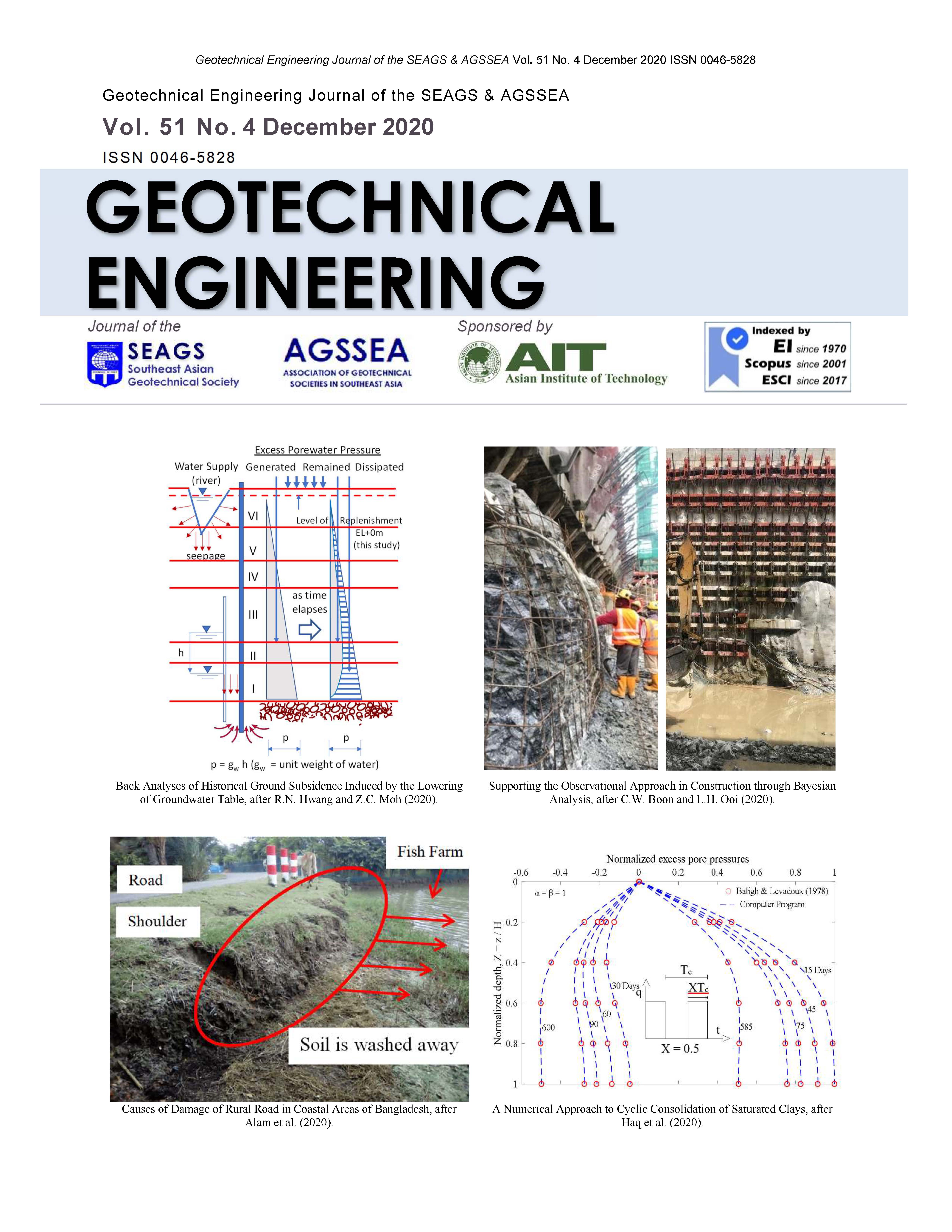A Review on Rock Slope Stability: Failure Mechanisms, Stabilization Techniques and Implications for Mining Engineering
Main Article Content
Abstract
Mines worldwide are now exploited at very large depths to recover minerals lying within the rock strata. The increase in the mining depth often leads to real risk of large-scale stability failure. This would further be aggravated by mining companies seeking to realize large profits by often operating at the steepest possible slope. As the slope angle increases, its stability decreases and in case of collapse, casualties are often immense. It is therefore crucial to conduct a thorough analysis when designing slopes. In this review paper, we have gathered the most relevant and updated information regarding rock slope stability and its practical application in the field of mining engineering. Specifically, after reviewing the principle underlying rock slope stability, we have presented a clear procedure for geological data collection and computational techniques used for slope analysis. Stabilization and protection techniques used in rock slope have also been presented and in the end, we have analyzed how these different technologies are applied in the field of mining engineering through bench design in open-pit mines and shaft design in underground mining.
Article Details

This work is licensed under a Creative Commons Attribution-NonCommercial-NoDerivatives 4.0 International License.
Copyright © 2019 Association of Geotechnical Societies in Southeast Asia (AGSSEA) - Southeast Asian Geotechnical Society (SEAGS).


